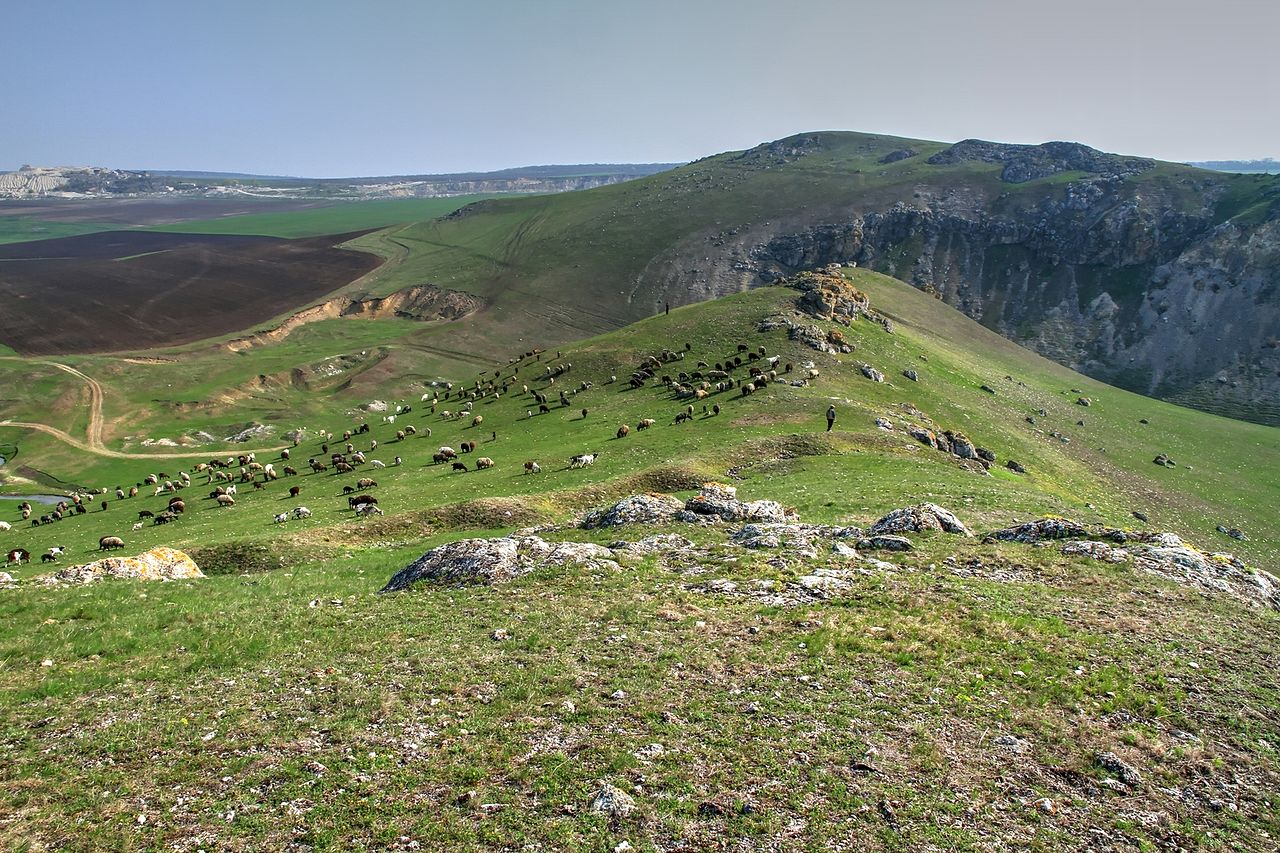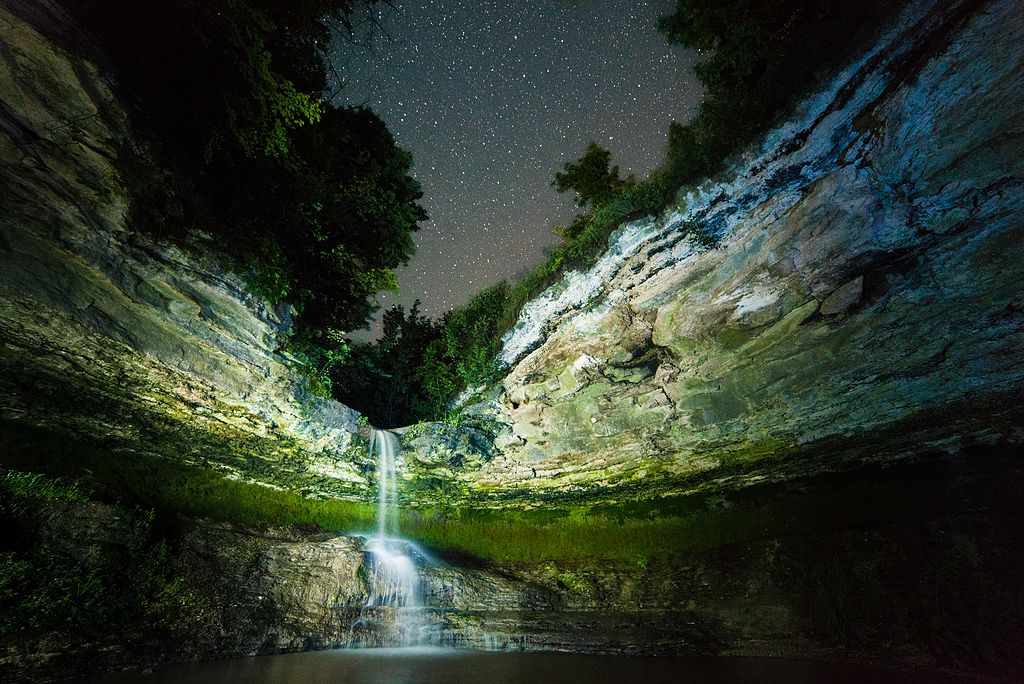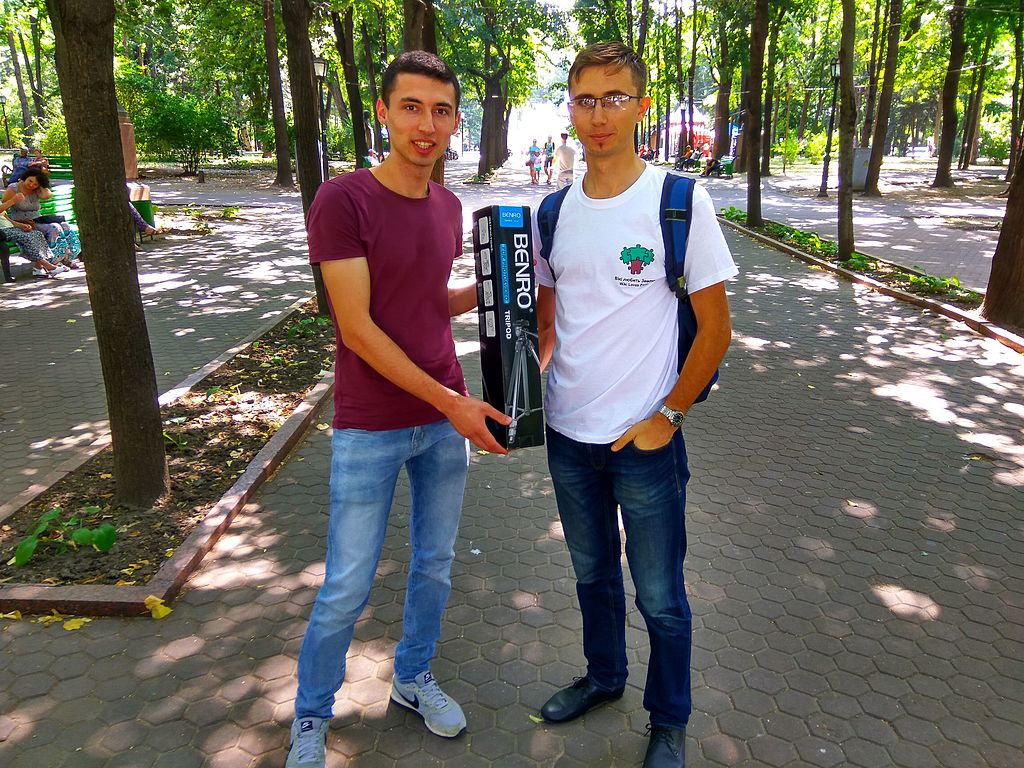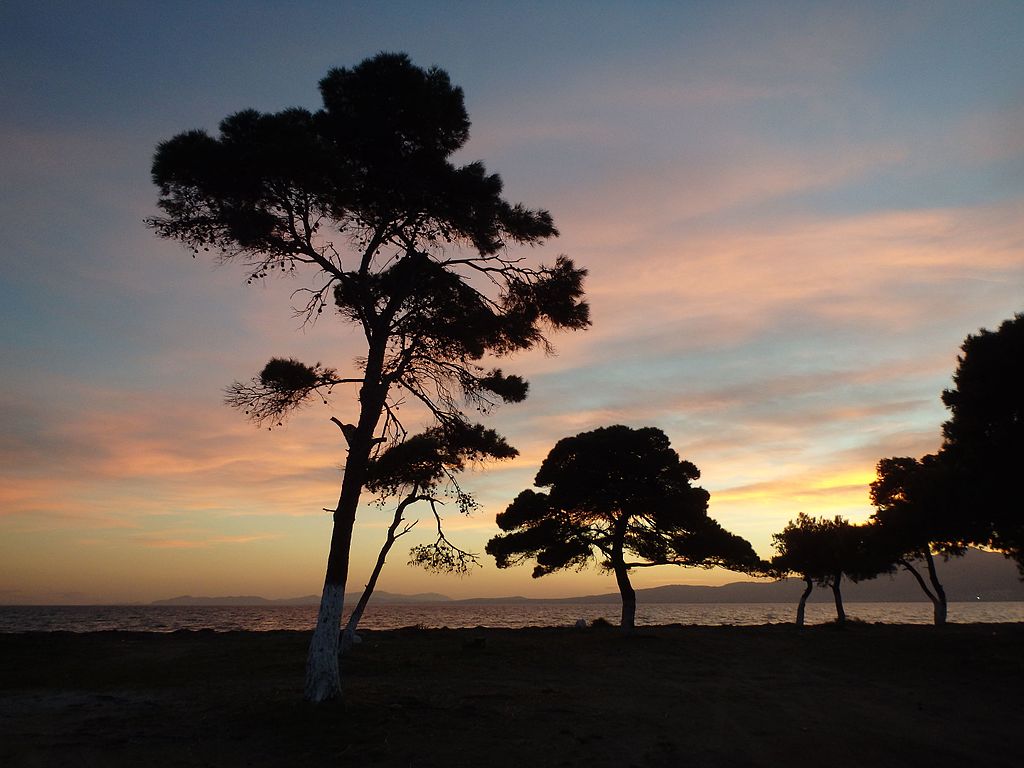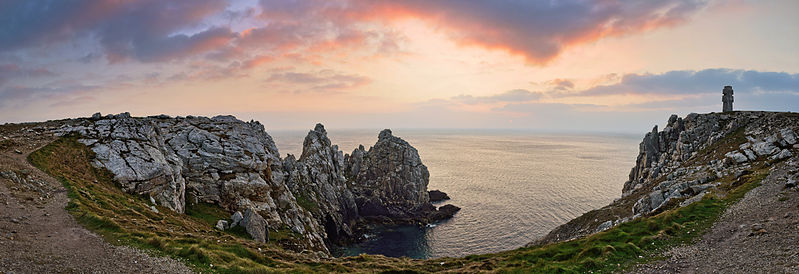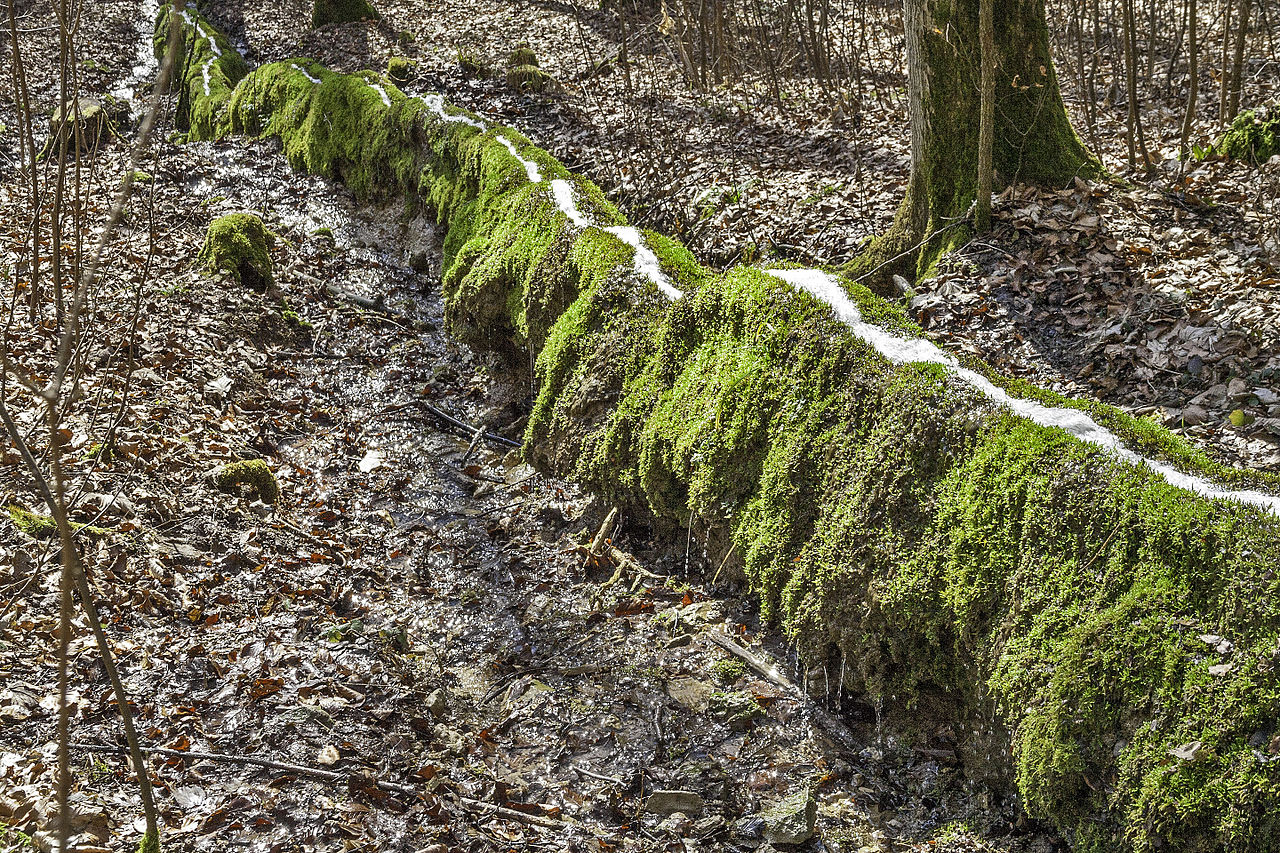Wiki Love Earth’s overall winner: Ogoy Island in Russia’s Lake Baikal. Photo by Sergey Pesterev, CC BY-SA 4.0.
A jaguar gazed out from a bed of shrubs. A water buffalo took a bath. A capybara family gathered in line. These are just a few of the delightful sights captured in the winning photos in the international Wiki Loves Earth photography competition, announced today.
Coming in first place (at top) is a ghostly image of Ogoy Island. Photographer Sergey Pesterev ventured out onto the ice of Lake Baikal, the largest freshwater lake in the world, and was commended by the contest judges for using cracks in the ice and clouds in the sky to frame the rocky center of the image.
Wiki Loves Earth focuses on natural heritage in protected areas—unique and special places like nature reserves, landscape conservation areas, national parks, and more. It asks photographers to contribute their work to Wikimedia Commons, a media repository that holds many of the photos used on Wikipedia and the Wikimedia ecosystem. All of its content is freely licensed, meaning that they can be used by anyone, for any purpose, with few restrictions.[1]
The fourth annual contest, held earlier this year, saw a total of 131,984 uploads to Commons, a record. These were captured in at least 38 countries.[2] 15,299 different user accounts uploaded photos during the contest, nearly 14,000 of which were newly registered.
All of the entries were judged by national juries; winners there were forwarded to the international jury, composed of members from seven different nations (Germany, Serbia, Thailand, Nepal, Russia, Argentina, and Ukraine).
The contest’s second- through fifteenth-place images follow.
Continue reading “Top fifteen photos from Wiki Loves Earth 2017”



















